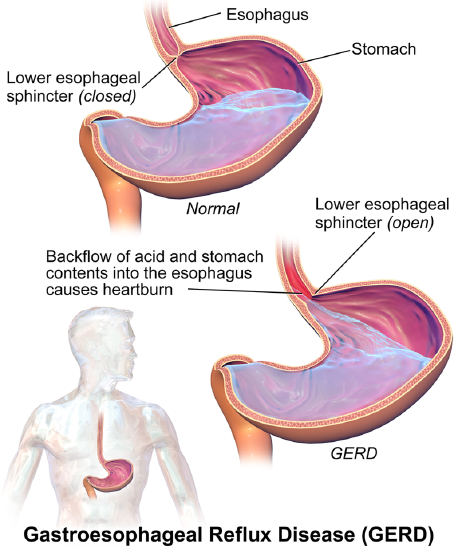16.1: Heartburn
( \newcommand{\kernel}{\mathrm{null}\,}\)
Heartburn is caused by a buildup of excessive amounts of stomach acid, particularly HCl. This acid is used to digest the food we eat, but it can often back up into the esophagus causing that burning sensation many of us are familiar with. The symptoms of heartburn can be treated with a mild base, which acts to neutralize the excess HCl. For example, Tums is a very commonly used antacid that can be bought over the counter. Other antacids, such as Alka Seltzer, work in similar ways. Below, show the mechanism and products for reaction in which calcium carbonate (the active ingredient in Tums) neutralizes HCl in a simple proton transfer reaction. Following this acid-base reaction, carbonic acid quickly degrades into CO2 and H2O.


